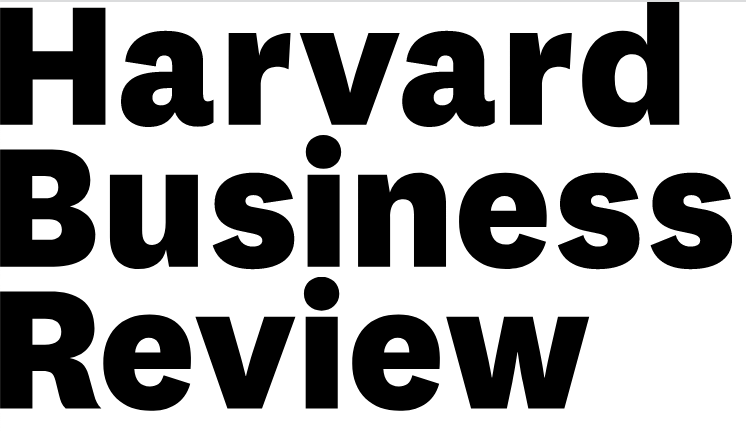2 - Collect Feedback from Employees
Your internal group may be brimming with ideas for creating social connections. However, their ideas don’t necessarily reflect the needs of your workforce overall.
Rather than make assumptions, ask employees what they want. But even eliciting feedback should happen in multiple forms, as not all employees may feel comfortable sharing in the same way. Here are a few ways to get started:
Employee Resource Groups: These voluntary, employee-led groups are based on common interests, backgrounds, or demographic factors such as gender identity, race, or ethnicity. These groups can provide insight into the populations they serve.
Open Forums: A dedicated forum may be organized with leadership at the helm or a representative from your internal group. Employees are given an opportunity in a live setting to ask questions and share feedback. You should also be open to critique of what isn’t working in a forum.
1:1 Check-Ins: This is the most personable and direct way to collect feedback. Managers can ask employees if they feel engaged with their teams and what the company could do to improve connection. Over the course of repeated, frequent check-ins, your managers will establish trust with their direct reports and feedback will become more valuable.
Surveys: Surveys are a powerful tool because of the data you collect. You can use responses to look at trends and make data-driven decisions. Keep your surveys brief and targeted so you’ll get a better response rate (no one wants to open a survey and see “Question 1 of 32”).
Ideally, you’ll use a mix of feedback collection methods since each gives you a unique perspective. Some people may feel more comfortable responding to a survey than responding in a forum, for example. But direct conversation may also elicit feedback that you didn’t think to ask in a survey.
And most importantly, the feedback should be ongoing. If you conduct a single survey and hold one forum, you are capturing only point-in-time feedback. You can’t measure the results of your efforts over time or respond to changing employee needs.










